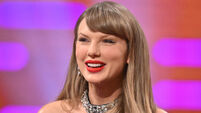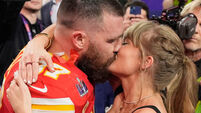Darling, villain, victor: The story of how Taylor Swift became pop's biggest star
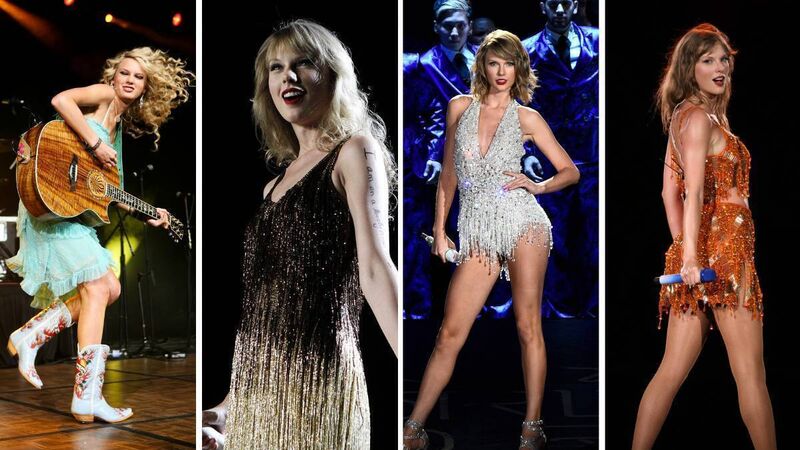
Weekend: The evolution of Taylor Swift
I was eleven when I first heard a Taylor Swift song.
It was via my primary school best friend who — in my estimation at least — was much cooler than me. And, she had access to MTV.
Swift had just begun to veer into the world of country-pop via her sophomore release , and my friend had spotted her on the American music channel and acquired the international CD. It contained the 12 original tracks and, an additional three bonus tracks from her debut album which had been subtly popified to help their appeal beyond the American country music market.
I don’t remember whether that first song I heard was 'Our Song' or 'Teardrops On My Guitar', but what I do recall is her passing the CD to me when it became apparent I was much more passionate about it than she was (thanks Síofra).
The story of how I became obsessed with Taylor Swift — in the way only a pre-teen can — has become something a lot of people are interested in recently. Particularly when I point out that liking Taylor Swift in Ireland in the early 2010s was weird. When I went to see her at her first Irish date as part of the tour in 2011 (complete with homemade t-shirt) it was just me and my mam — nobody in school wanted to go.
In the 15 years since I first connected with a girl, her guitar, and her open-diary style of songwriting, a lot has changed. For Taylor, for me, for what it means to be a Taylor Swift fan. As someone who has been there for the highs, the lows, and everything in between, I am well placed to bring you up to speed on how a young girl from Pennsylvania became the biggest popstar in the world. So, let's start in 1989.
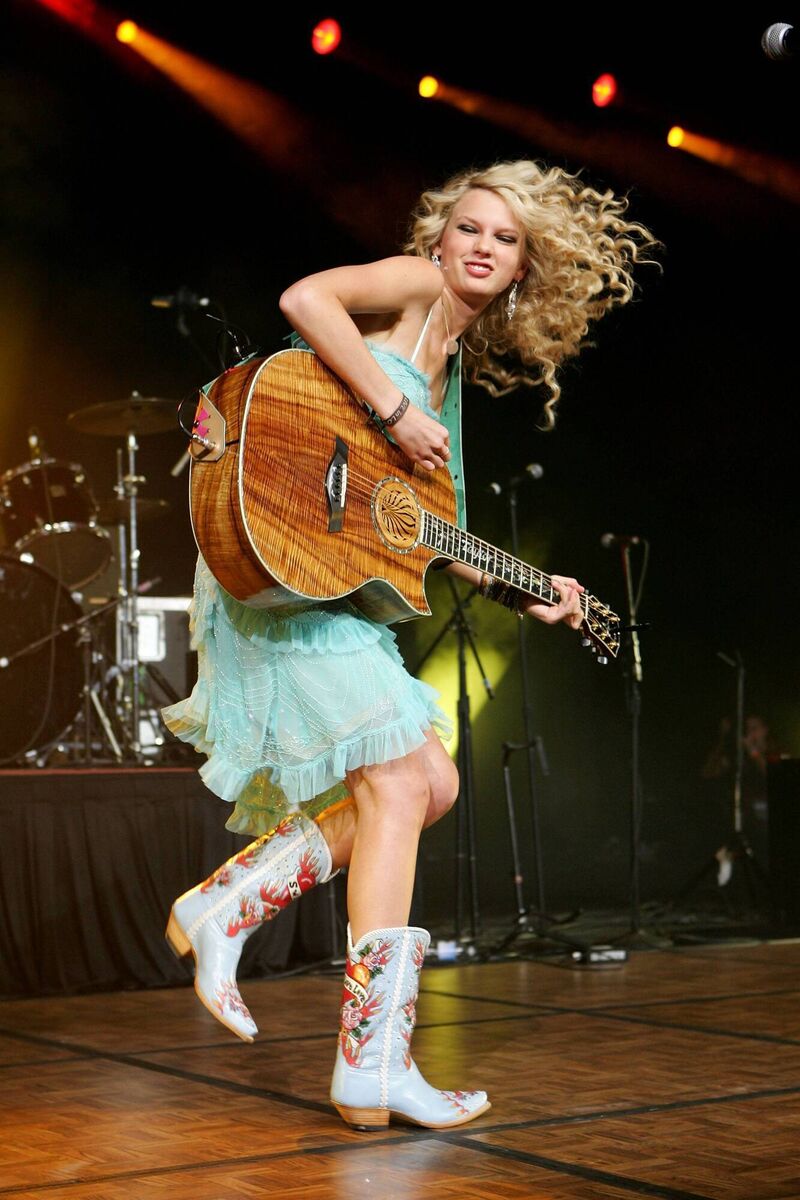
Taylor Swift was born on December 13, 1989, on a Christmas tree farm in Pennsylvania. Her parents both worked in finance, but there was music in the blood via her grandmother Marjorie Finlay who was a successful opera singer.
Swift’s interest in a career in music started young. For a piece profiling the rising star in February 2008, she told she had her sights set on Nashville from as young as 10.
"I would watch these biographies on Faith Hill or the Dixie Chicks or Shania Twain or LeAnn Rimes, and the thing I kept hearing was that they had to go to Nashville," she recalled. The young Swift convinced her parents to bring her to the home of country at 11, and she brought along demo CDs of herself covering songs like Dolly Parton’s ‘Here You Come Again’.
"My mom waited in the car with my little brother while I knocked on doors up and down Music Row,” she recalled, “I would say, 'Hi, I'm Taylor. I'm 11; I want a record deal.
As one might expect, Nashville’s music moguls weren't all that impressed by another kid singing karaoke. So, she quickly started a) teaching herself to play guitar and b) writing her own music. The first song the now 14-time Grammy Award winner ever wrote is believed to be a track called ‘Lucky You’ (a quick google search will bring that demo up for you).
By the time she was 14, Sony had signed her as a songwriter, making her the youngest person to ever be signed by a major songwriting company in Nashville. Swift's family uprooted their lives to Tennessee and a year later, Swift met record executive Scott Borchetta while performing at Nashville’s famous The Bluebird Cafe. That meeting led to a record deal and a 13-year relationship that would shape the course of her career.
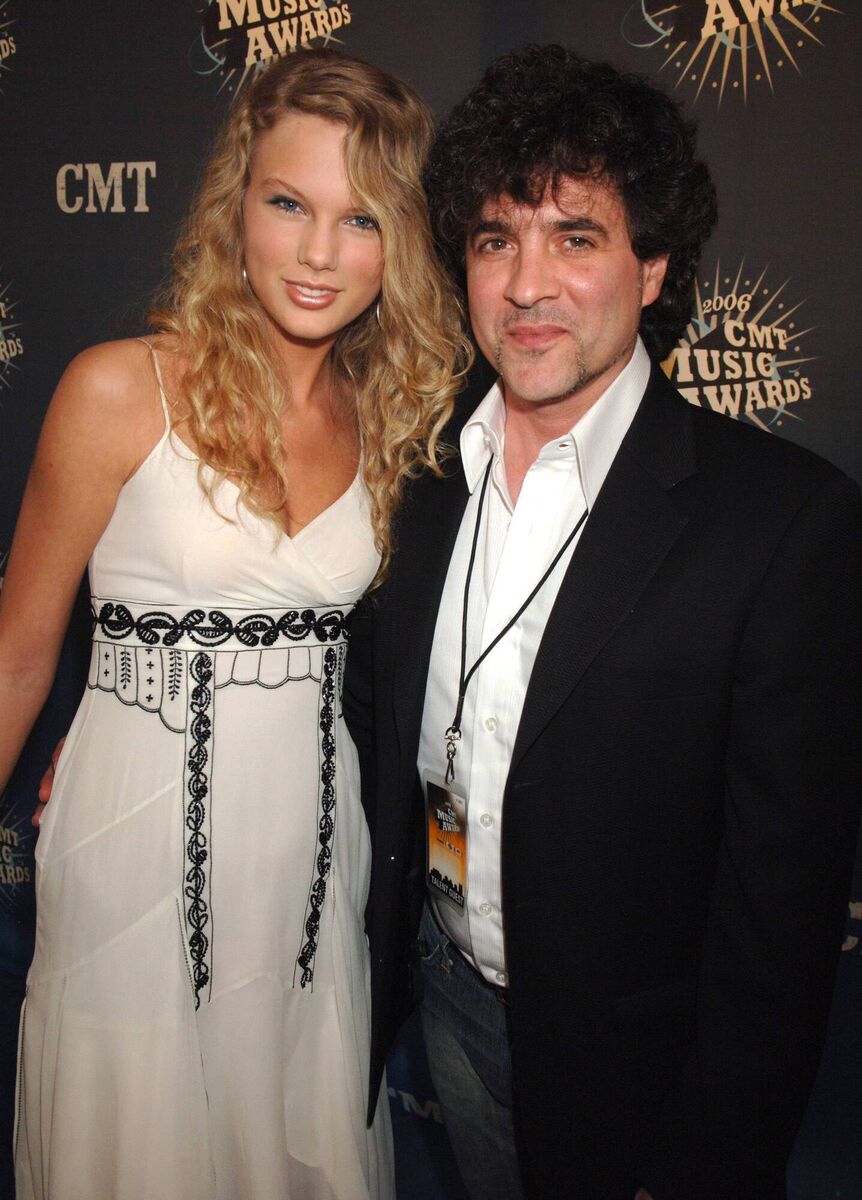
Two years after meeting Borchetta and signing to his brand new label Big Machine Records, Swift released her first single, ‘Tim McGraw’ in June, 2006. A wistful ditty about the end of a summer love affair, the song’s title offers some insight into how, even at a young age, Swift was thinking about marketing. Named after one of country music’s biggest stars, it stood out to radio playlisters and led to McGraw himself being asked what he thought of the song and the new girl on the scene.
Her self-titled, 11-track debut album followed in the Autumn, along with the release of her second single ‘Teardrops On My Guitar’. Teardrops started a tradition Swift would later become known for — naming the subjects of her songs.
“Drew looks at me / I fake a smile so he won't see,” it begins. Lore has it that Swift was encouraged to change the opening line to " look at me” to make it more universally appealing, but was adamant the name stayed in. Naming the subject of her song — yes that was his real name, not a pseudonym — was seen as a gutsy move, and it showed an endearing vulnerability too.
By 2008, Swift was already a massive star in the country music scene, but it was the release of her sophomore album that catapulted her to mainstream success. It became the most-awarded album in country music history and garnered her four Grammys including Album of the Year. Singles 'Love Story' and 'You Belong With Me' became runaway hits, and for the first time, her music was starting to gain traction across the Atlantic too. In Ireland, 'Love Story' peaked at number three on the charts.
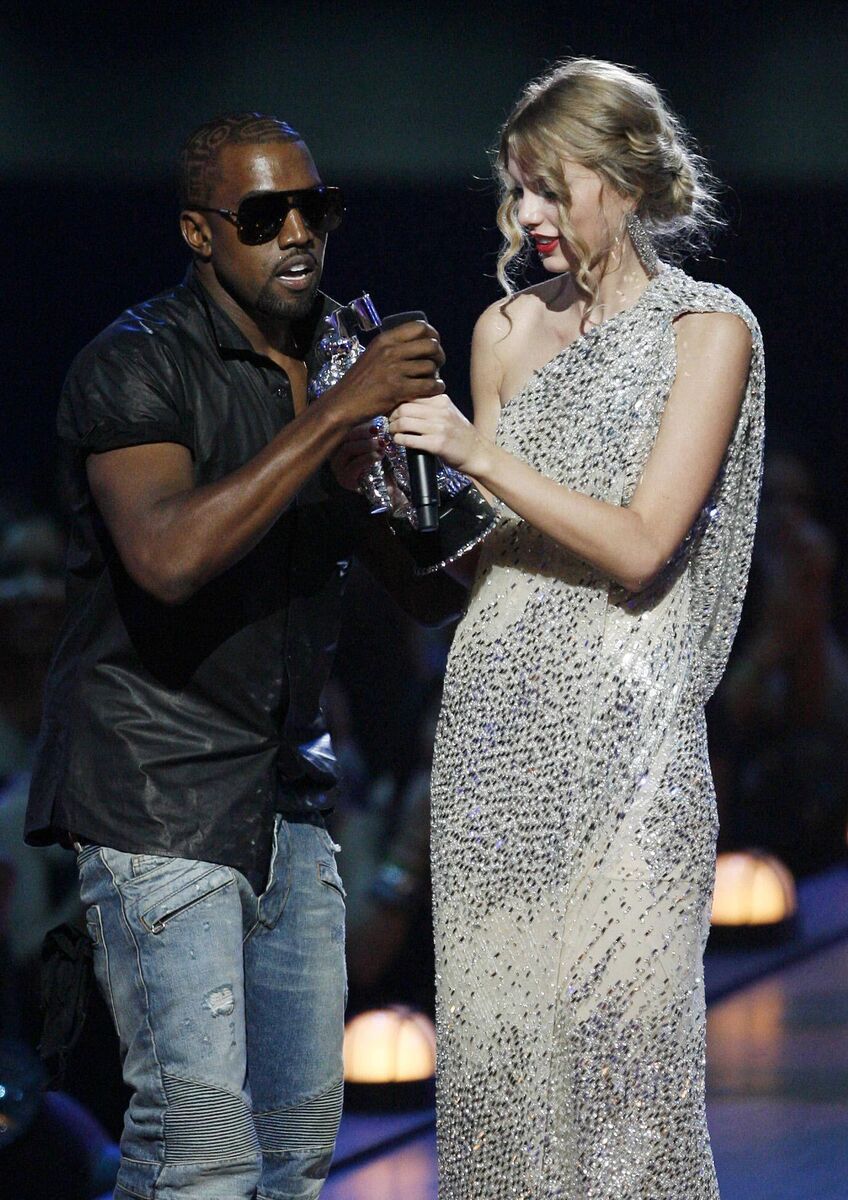
But, before that historic win, was the 2009 MTV Video Music Awards. The moment when Kanye West rushes the stage to state Beyoncé should have won the Best Video by a Female Artist award instead of Swift has become an iconic moment in pop history. To a viewer at home, it seems obvious the boos in the moment were directed at West, but reflecting on the incident in her 2020 documentary, Swift reveals she thought the crowd were booing her, and the impact it had on her psyche.
"Kanye [West] was a catalyst for a lot of psychological paths I went down," she shared. "I thought they were booing me. The whole crowd booing [you] is a pretty formative experience."
In the aftermath of the 2009 VMAs, Swift’s star continued to rise. Her boyfriends/ ex-boyfriends/potential suitors became a point of fascination beyond fan forums, and by the release of her third album, , which spanned a 15-month world tour, she had been snapped with megastars like Taylor Lautner and American sob rock superstar John Mayer. The latter was 32 when he dated the then 19-year-old Swift and inspired the first searing break-up ballad she would later become known for.
It was called ‘Dear John’, which wasn’t exactly subtle. At the time, most of the discussion around the song in the media seemed to centre around getting Swift to point blank admit it was about Mayer, and the narrative that Swift was a scorned woman who used her music to shame men started in earnest. When the song was re-released more than a decade later as part of the conversation was different.
“I lived in your chess game / But you changed the rules every day,” she sings, “Dear John, I see it all now, it was wrong / Don’t you think nineteen’s too young?”
In 2023, the conversation had shifted to examining the kind of toxic, harmful relationship it described. And, commentators were rightfully starting to ask questions about the inherent power imbalance of a 32-year-old man dating a self-confessed teenage superfan thirteen years his junior who was just starting to make her own way in the industry of which he was a veteran.
Her third album, is also the first time we really see the impact outside criticism and public opinion has on Swift’s musical evolution. The album was written in its entirety by Swift alone. This was a response to critics and naysayers who employed a generous mix of both misogyny and ageism to claim she wasn’t the genius behind the songs, it must be the co-writers.
One of the songs on the record, ‘Mean’, which went on to become an anti-bullying anthem in the U.S, took aim directly at critics who claimed she “couldn’t sing”. One music critic, who professes to be the inspiration behind the song, claims to have received multiple calls from Swift’s camp in the years before the release, including one from Swift herself, where she asked him what she could do to change his mind. Swift has never confirmed whether or not this call actually occurred but interestingly, the critic claims he advised her to listen to Joni Mitchell’s seminal break-up album, on that call. Swift’s next move? What she calls her one true break-up record — .
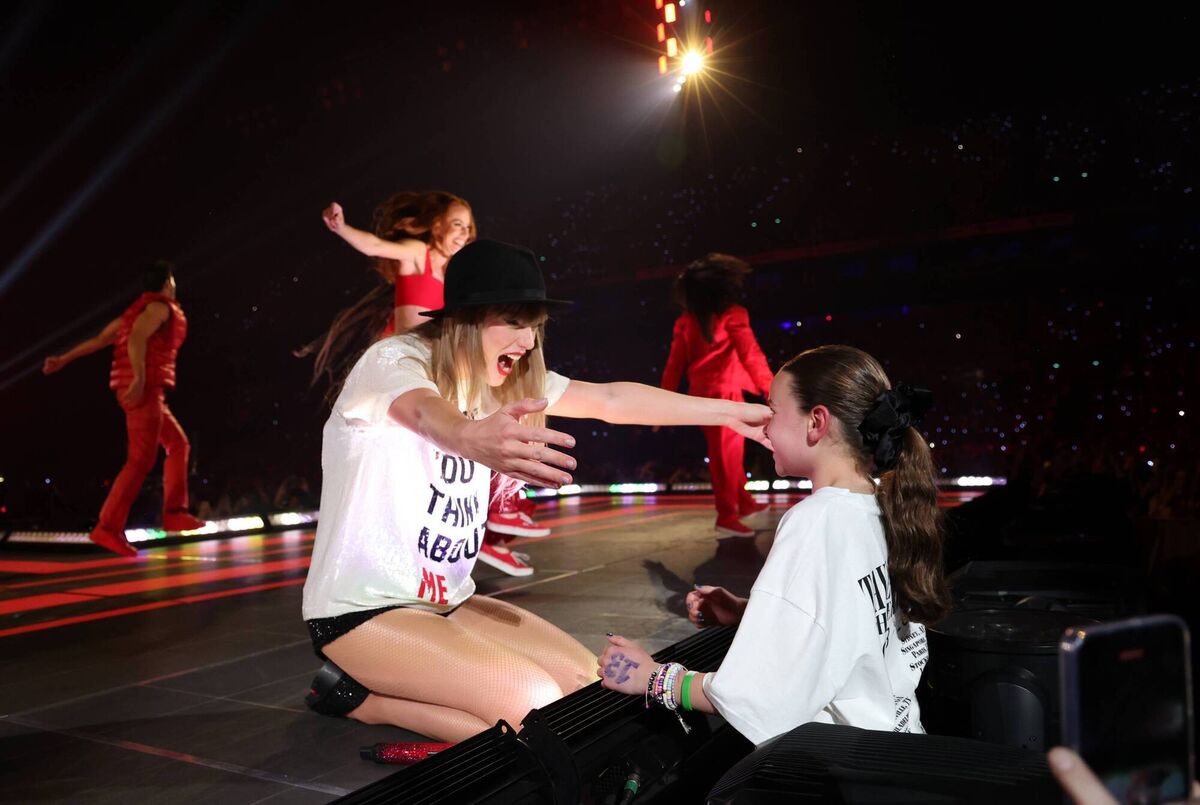
signalled a turning point in Swift’s career. The corkscrew curls and exaggerated Southern twang were long gone, and Liz Rose, the collaborator she had worked with since her teen years, was reduced to just one credit (‘All Too Well’). Instead, Swedish hitmaker Max Martin (Britney Spears, Katy Perry, P!NK) was drafted in. While was a robust album, it didn’t have strong single options like her previous releases. Martin’s work on ‘We Are Never Ever Getting Back Together’ and ‘I Knew You Were Trouble’ ensured that wasn’t an issue here. Both tracks entered the top 10 in Ireland — the first time she’d seen success in Irish charts since ‘Love Story’.
But while the pop hits were the breakout successes of the release in its heyday, the album’s enduring legacy has been ‘All Too Well’. The five-and-a-half-minute long original was, arguably, her best song to date on its release in 2012, but the 10-minute version which came as a gift to fans in 2021 settled any doubt. A viral piece in The New Yorker earlier this year asserted that “normal music reviews no longer make sense for Taylor Swift”. It’s true — what other artist could release a 10-minute song and have it go straight to number 1 on the Billboard 100?
was seen as a shoo-in for that year’s Album of the Year at the Grammys, so much so that even Swift admitted to being upset when it was usurped by Daft Punk’s
“For a second there, I kind of thought we had it,” she admitted years later in an interview with , “I remember not going to after-parties. I went home and I cried a little bit.” In the same interview, she talks about how it was the loss that night that cemented her decision to go full pop on her next record — 2014’s .
By the time her fourth release came around, Swift well and truly embraced her role in the pop zeitgeist. She had moved to the bright lights of New York and was in love. Not with a man, but with a city, and her newfound identity as an IT girl.
On the album’s opener, 80s synth infused ‘Welcome To New York’ she sings of “searchin’ for a sound we hadn’t heard before”. With the aid of Martin and her newest collaborator Jack Antonoff, she found it and the album became the biggest-selling release in the U.S that year, topping the Irish charts too.
At just 24, she had made it to the top, and the girl who had written songs about being overlooked, cast aside, bullied, was now the gatekeeper of cool. She threw lavish parties and was photographed with an ever-evolving selection of cool girls. These included supermodels and Hollywood actresses, alongside up-and-coming artists like Camilla Cabello who benefitted from being brought into her fold.
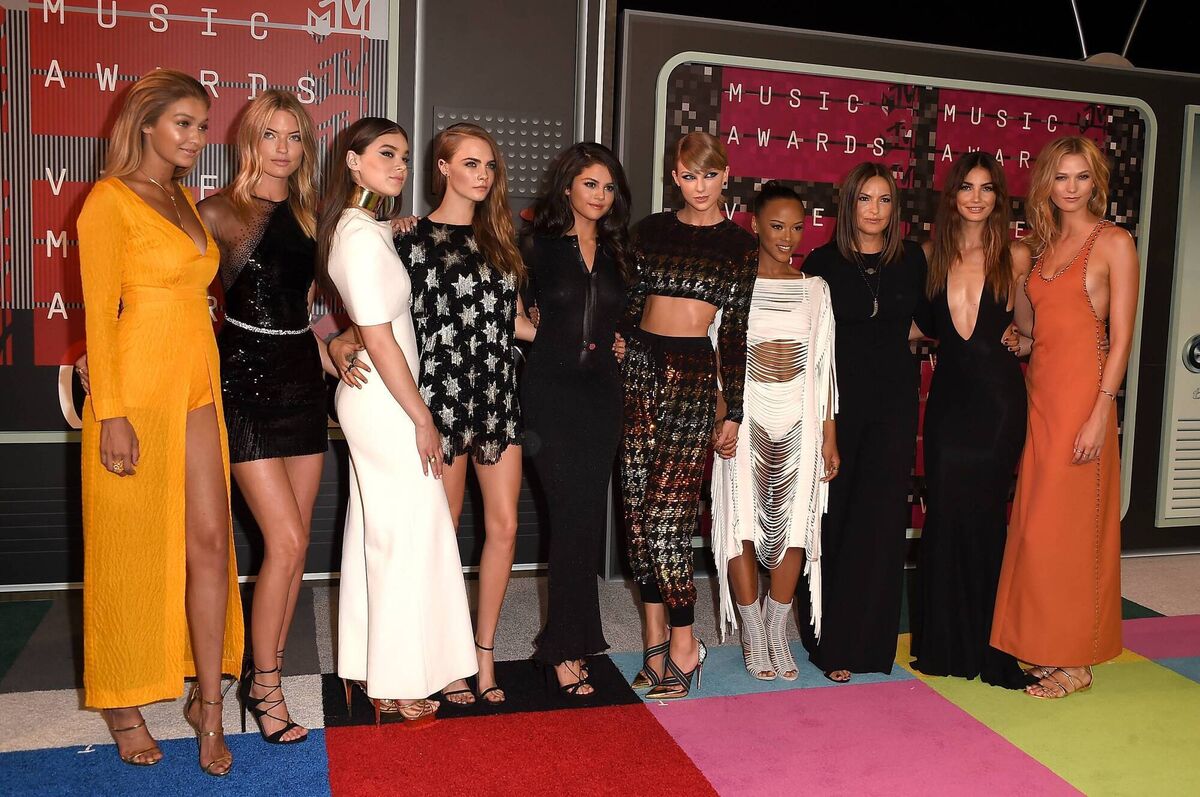
As for boyfriends? Well, there was a member of the hottest boy band in the world, Harry Styles, DJ Calvin Harris, A-Lister Tom Hiddleston...Up to that point, Swift’s public image had been carefully crafted to paint her as a small-town girl, a hopeless romantic. That image didn’t fit anymore.
On popular fan podcast, superfan Zachary Hourihane reflects on that period in Swift’s career, “People would ask me about Taylor, they’d be like ‘What’s going going on with her?’ and I would say ‘I don’t know’.
The fans were confused. The public were going from unbothered to actively disliking a star they now suspected was less America’s sweetheart and more calculating maneater. Everything was coming to a head, and on July 28, 2016, Kim Kardashian lit the match.
In 2016, Swift’s reputation hit its lowest point as Kanye West once again entered the frame. The singer had released a track called ‘Famous’ with the infamous line ‘I feel like me and Taylor might still have sex / Why? I made that bitch famous’. Swift’s camp made it obvious she wasn’t happy about the line, but West’s camp claimed she had approved the lyric in advance of its release. When West’s then-wife Kim Kardashian appeared to produce evidence to support West’s claims, it was all over.
We now know the video was carefully edited to support West’s narrative, and later, the release of the unedited clip would prove Swift had only heard the first half of the lyric, not the line she took issue with where she was called ‘that bitch’. But in 2016, she had been convicted in the court of social media. #TaylorSwiftIsOver trended on Twitter (now X). The public believed they had seen her true colours — a conniving, vindictive woman who only liked to play at victimhood for attention.
What followed was a year of almost complete silence from Swift. Few to no public appearances or social media posts. When she returned in 2017 with , she had embraced another new sound, a new identity, and a new symbol — the snake.
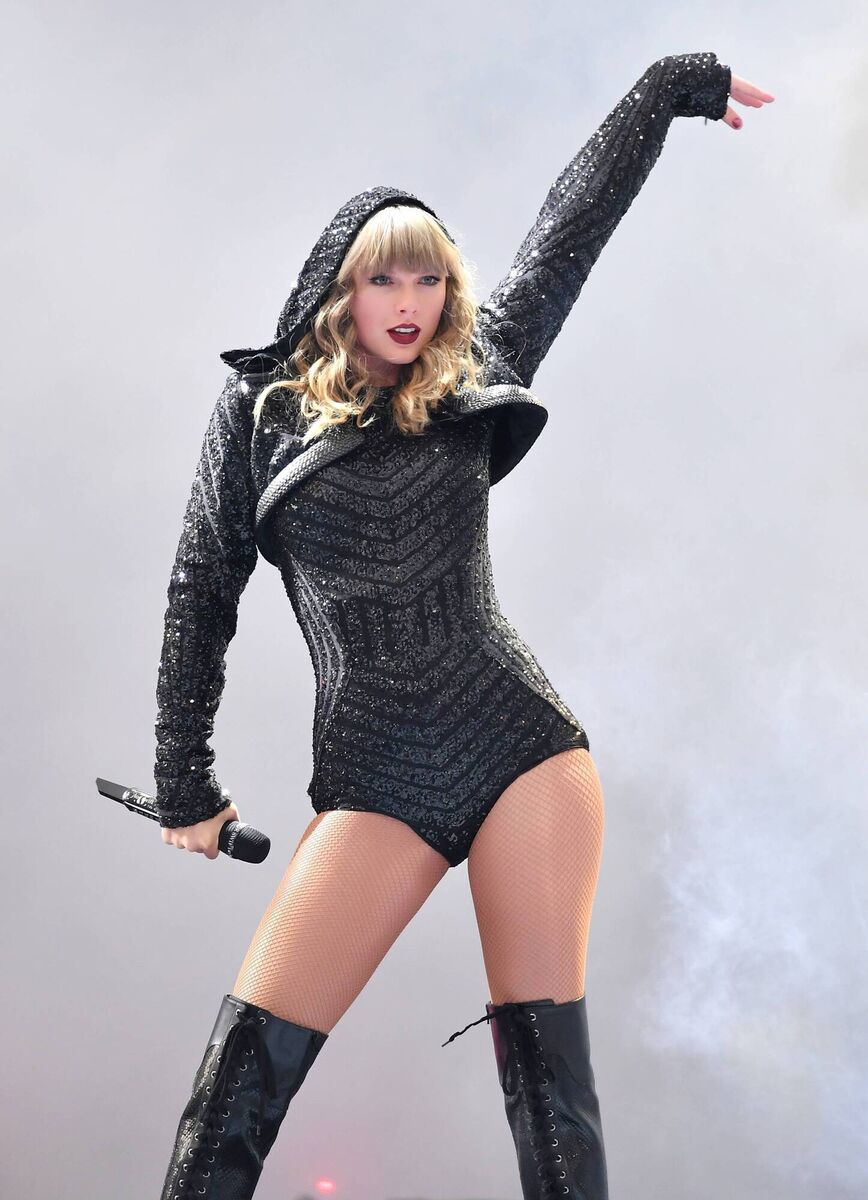
‘I don’t trust nobody and nobody trusts me,’ she sang on lead single ‘Look What You Made Me Do’ which asserted that the ‘Old Taylor can’t come to the phone right now. Why? Cause she’s dead.’ Her had "never been worse" as she admits herself on the album, and it was the most vengeful and aggressive she'd been to date. For her long-time fans, it was a shocking left-of-field jolt, and while commercially successful ('Look What You Made Me Do' was her first Irish No 1 single), it did not make Swift a popular figure. When she came to Croke Park in 2018 as part of her stadium tour, I once again found myself with few people interested in coming along for the ride. Pictures populated social media with rows of empty seats.
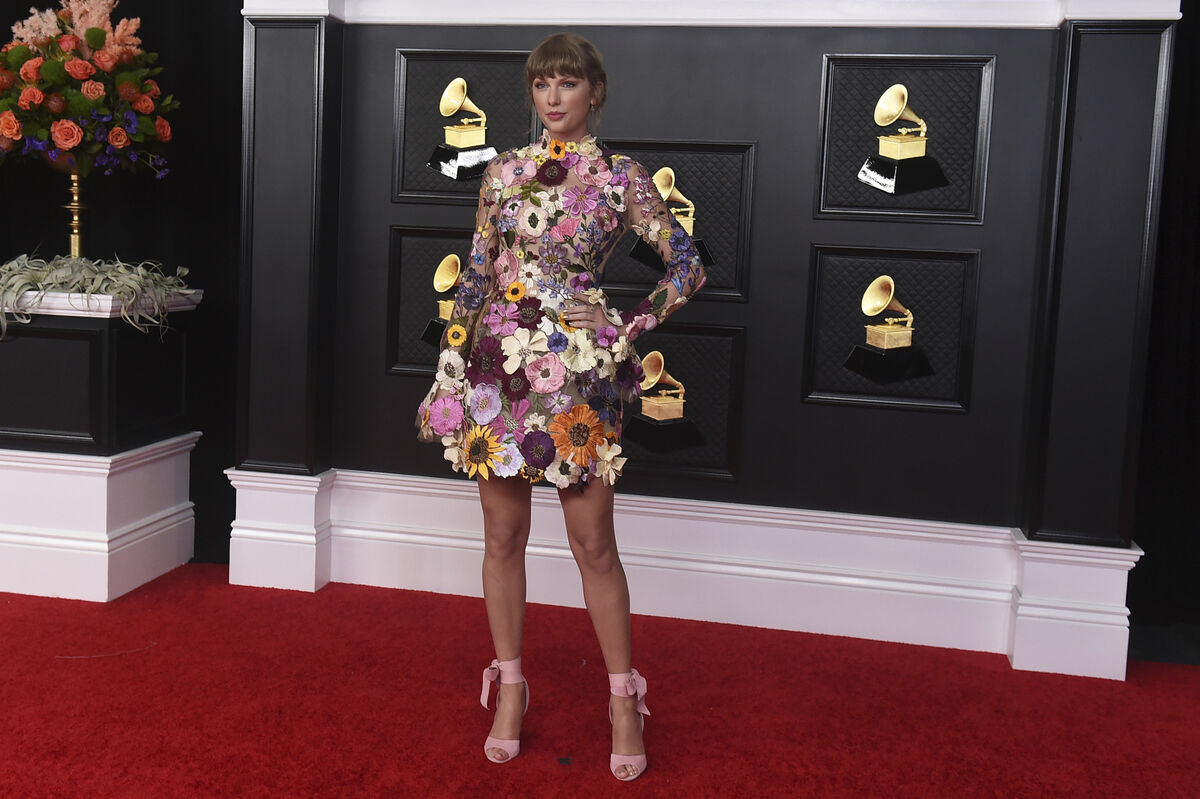
In the years following her very public fall from grace, Swift began to move away from courting fame in the way she once had. This may have been driven, at least in part, not only by the events leading up to the Kim/Kanye feud, but her burgeoning relationship with the notoriously private British actor Joe Alwyn.
For six and a half years, the actor served as Swift's muse and collaborator, carrying her through the messiness of (her last release with label Big Machine) to the dreamy (2019) where Swift softened once more, and on to the folk-inspired and releases of 2020.
During this period, she rarely gave big interviews to the press, and she went to great lengths to keep her relationship with Alwyn private, giving little for the media (or social media) to feast on.
By the time dropped in 2020, the public seemed ready to rehabilitate her. Written during the early days of lockdown when, like us, Swift was stuck at home with herself and her thoughts, the albums were the first time in a long time Swift as a character appeared relatable once more. It was the first time, too, that most of the songs didn’t appear to be about Swift herself or her romantic experiences.
“[It] was the first album where I’ve ever let go of that need to be 100% autobiographical,” she said in a documentary about creation. “It’s allowed to exist on its own merit without it being, oh, people are listening to this because it tells them something they could read in a tabloid.”
The goodwill towards Swift continued to grow, and when another crisis occurred in her career, the public were ready to take her side.
This time, the enemy wasn't Kanye West, it was Scooter Braun / Scott Borchetta. The issue? Borchetta had sold his record label Big Machine, which owned Swift's first six albums, to Braun, a man Swift had big issues with. The deal meant she would need to revert to Braun for permission on the use of her songs, including the right to perform them live on television.
Swift addressed her fans directly via a blog on social media platform Tumblr on the day the news broke. She wrote of feeling she had been "stripped of [her] life's work".
"This is what happens when you sign a deal at fifteen," she said, concluding "hopefully, young artists or kids with musical dreams will read this and learn about how to better protect themselves in a negotiation. You deserve to own the art you make."
What happened next would be hard for anyone to predict.
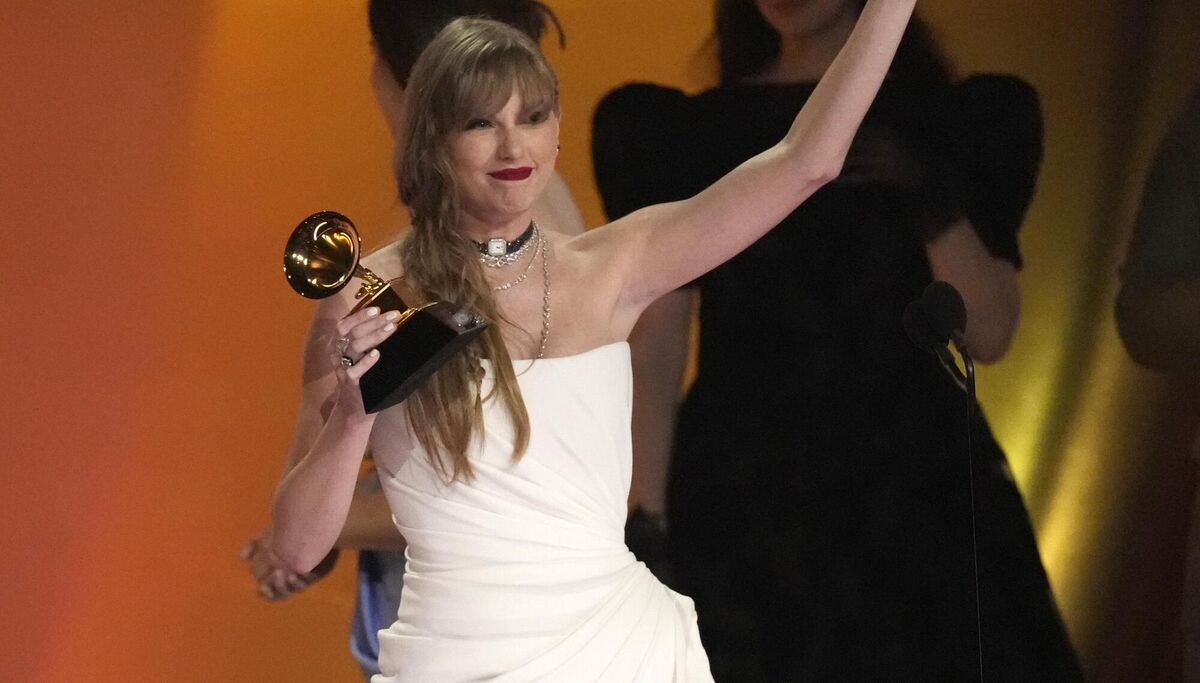
As the writer of the original music, Swift still owned the copyright for the lyrics and the melodies, giving her the right to use those elements of the songs to create new recordings. And so, she announced her plan to go back and re-record each of the six albums she did not own the rights to. Her fans got behind her, other artists got behind her. It seemed the world got behind her.
When was released in 2021, it was an unmitigated success resulting in millions of sales and billions of streams. And so began Swift’s return to the top.
In the past three years, she has re-released four of her previous albums ( ) each complete with a host of new tracks that didn't make the first cut. First week sales for her latest re-release, topped 1.6 million, surpassing the original album’s first-week sales by 400,000 units.
She has also released two brand-new pop albums in that time, (2022) which has sold over 5 million copies and won Album of the Year at 2023’s Grammys (and includes a track giving some insight into her time in Wicklow), and (2024) which became Spotify’s most-streamed album in a day hitting one billion streams in its first week.
She kicked off what is set to be the highest-grossing tour of all time, The Eras Tour, and all 152 stadium shows are sold-out with resale tickets going for 100s if not 1,000s of euros.
Her quiet relationship with Alwyn came to an end in April 2023, and her new relationship with American football superstar Travis Kelce has been anything but low-key.
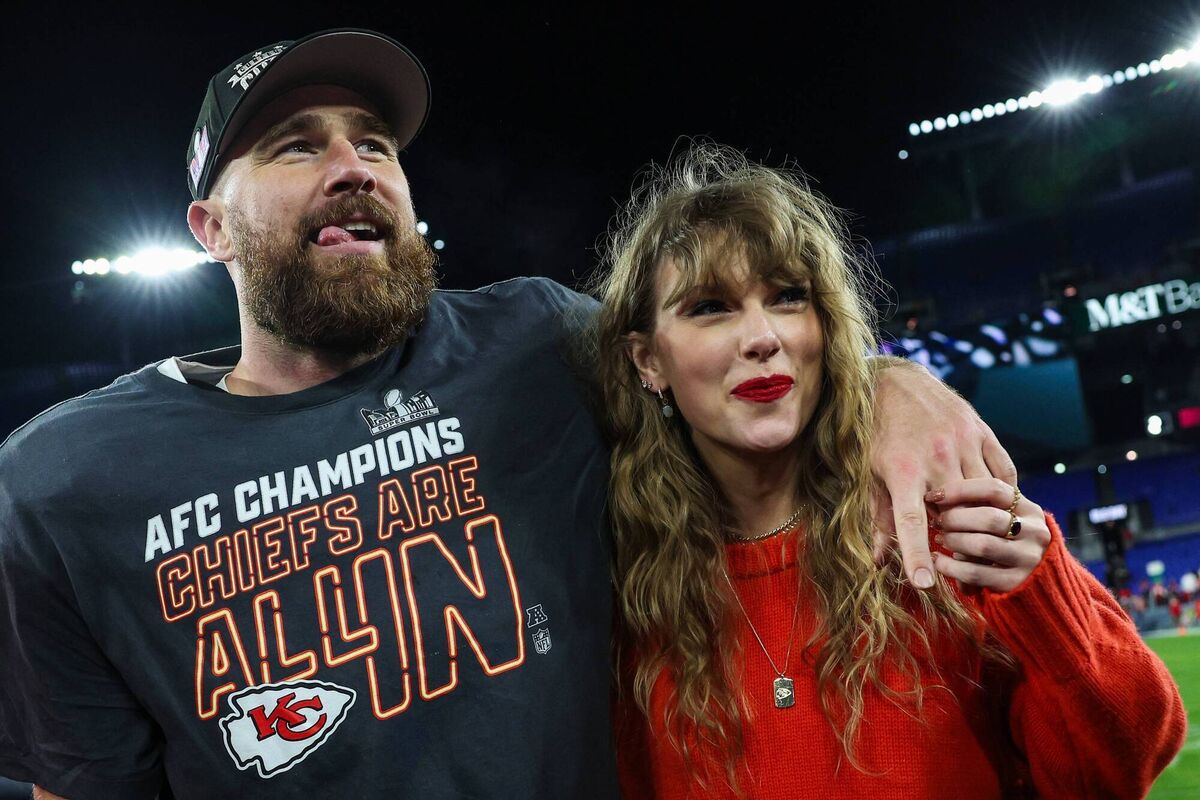
She is, without a doubt, back on top — of both the charts and in her domination of popular culture.
But for how long?
In the only big interview she gave last year, to magazine (they named her their Person of the Year), she said of her musical evolution; “I realised every record label was actively working to try to replace me. I thought instead, I’d replace myself first with a new me.
Whatever her next move, it seems certain that Swift will be around for a long time, continuing to change and evolve and riding the waves of public adoration and animosity as they come.
For anyone lucky enough to have a ticket to next weekend’s Eras tour dates in Dublin, it’s sure to be a front-row seat to a tour that will go down in history as a generational superstar in her prime.
And there certainly won’t be any empty seats.

